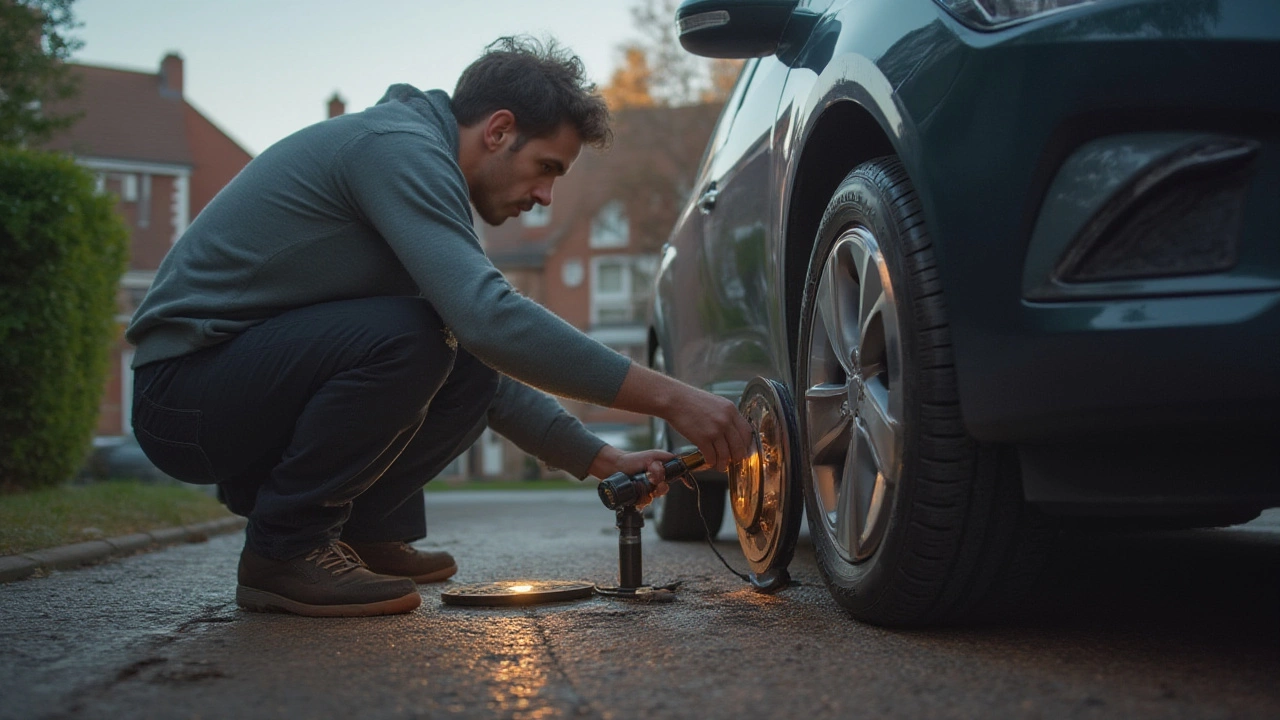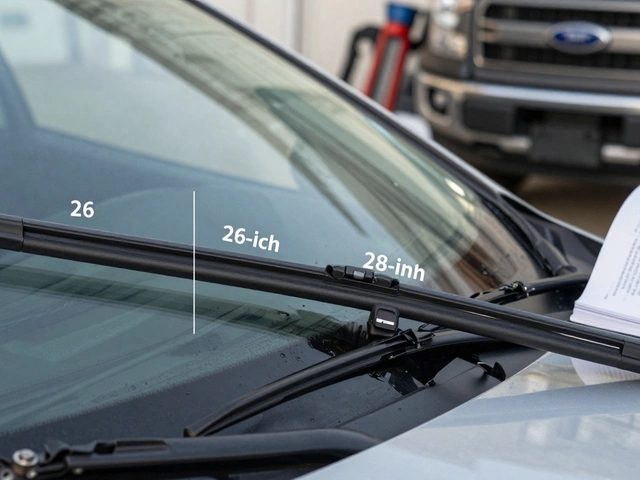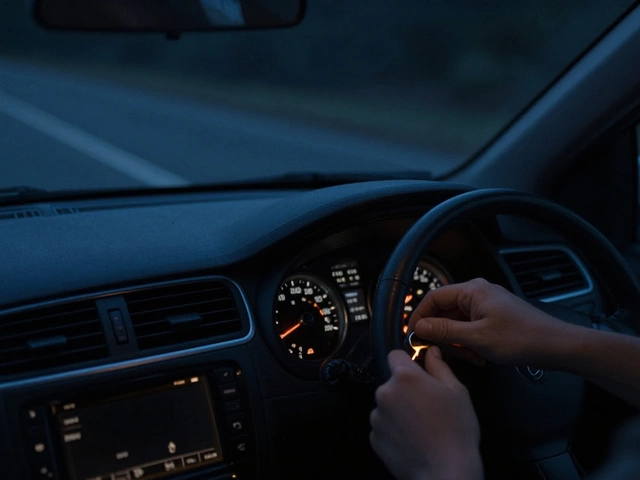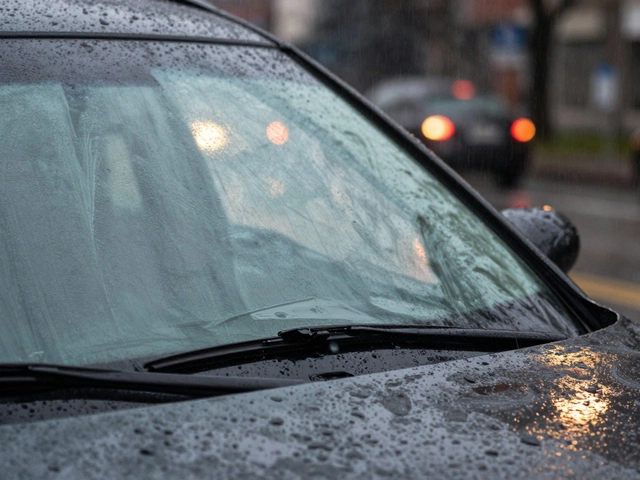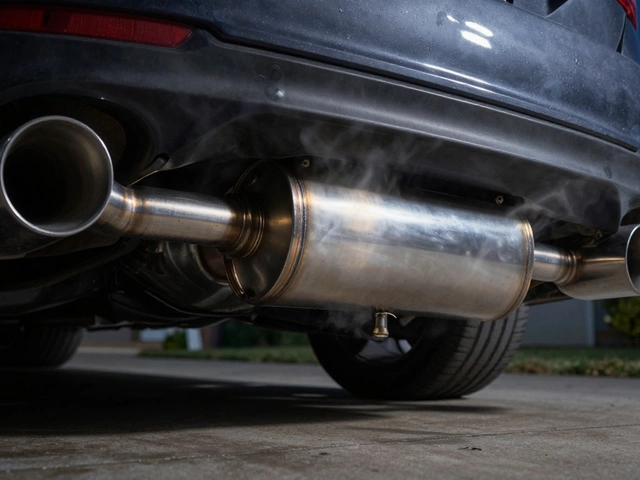Rotors Replacement: What You Need to Know Before You Pay
When your car starts making a grinding or squealing noise when you brake, it’s often not just the pads—it’s the brake rotors, the metal discs that the brake pads clamp down on to stop your vehicle. Also known as disc brakes, they wear out over time, and ignoring them can turn a simple fix into a dangerous, expensive problem. Brake rotors don’t last forever. Most last between 30,000 and 70,000 miles, but aggressive driving, heavy loads, or poor-quality pads can shorten that life. If you’re hearing metal-on-metal sounds, feeling vibrations in the pedal, or noticing longer stopping distances, your rotors might be warped, cracked, or worn thin.
Many people ask: Can I just replace the brake pads and leave the rotors alone? Sometimes, yes—if the rotors are still thick enough and smooth, you can. But if they’re below the minimum thickness mark (usually printed on the rotor itself), or if they have deep grooves, cracks, or uneven wear, rotor replacement is the only safe option. Resurfacing rotors used to be common, but it’s becoming rare. Most shops now recommend full replacement because new rotors are cheaper than labor to resurface, and they give you better stopping power and longer life. You also want to match your new rotors with new pads—mixing old and new parts can cause uneven wear and noise.
Costs vary. A single rotor can run $30 to $100, depending on your car and brand. Labor usually adds $100 to $200 per axle. So replacing all four rotors might cost $400 to $800. But if you wait too long, you risk damaging the calipers or brake lines, which can push the bill past $1,500. It’s not just about money—it’s about control. Worn rotors mean less grip, especially in rain or snow. A study by the National Highway Traffic Safety Administration found that brake-related failures contribute to over 200,000 crashes a year in the US alone. You don’t need to be a mechanic to check your rotors. Look for visible grooves, blue spots (sign of overheating), or rust buildup. If you’re unsure, a quick inspection at a trusted shop takes five minutes and could save your life.
There’s no magic number for when to replace rotors—it’s about condition, not mileage. That’s why we’ve collected real-world stories, cost breakdowns, and expert advice from people who’ve been there. You’ll find posts that compare rotor replacement vs resurfacing, show you how to spot early warning signs, and explain why skipping this step is like driving with worn-out tires. Whether you’re a DIYer looking to save money or someone who just wants to know if their mechanic is giving you the full story, this collection gives you the facts without the fluff.

